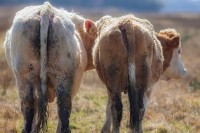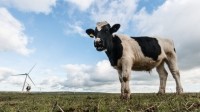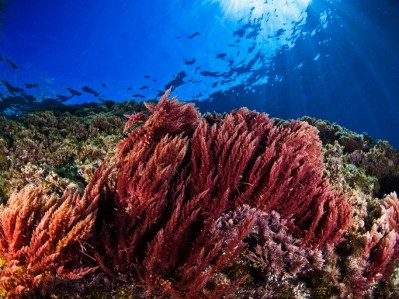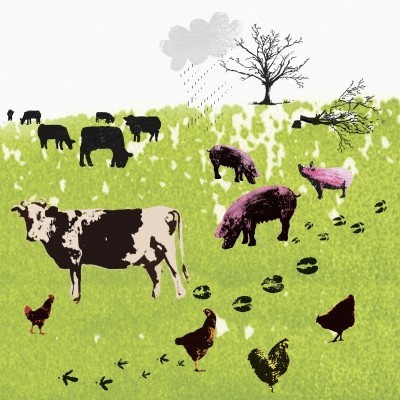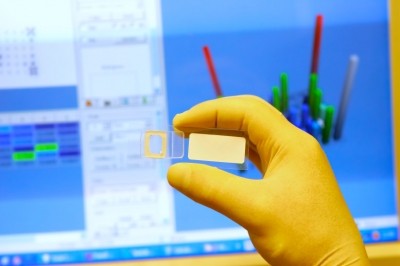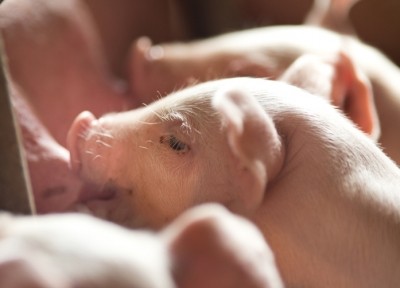Australian team discover methane busting seaweed
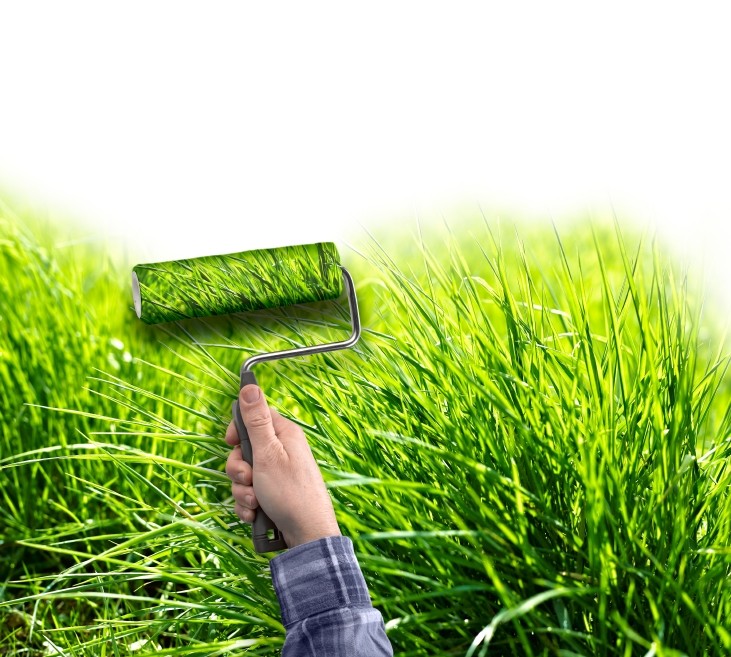
The Canberra headquartered Commonwealth Scientific and Industrial Research Organization (CSIRO) has been leading the initiative.
So FeedNavigator caught up with Dr Rob Kinley, research scientist, and Michael Battaglia, group leader, greenhouse gas mitigation and adaptation in agriculture, at CSIRO Agriculture and Food, to hear more.
FeedNavigator: What has the CSIRO team found out from studying the effects of the seaweed on cow's methane production?
CSIRO: The seaweed Asparagopsis is a potent agent that reduces methane production in the digestive process of cattle and sheep. Most seaweeds have a beneficial effect on methane production by reduction of 10-20% but Asparagospis is the star performer with unprecedented mitigation from a natural product.
In the laboratory, using the digestive processes of cattle with 2% of the feed as seaweed, the methane production was reduced to undetectable levels that we refer as reduction greater than 99%. When included in sheep feed, methane emissions dropped by 85% compared to sheep receiving identical conditions and feed without seaweed included.
FeedNavigator: How is the seaweed processed for use in feed?
CSIRO: It is whole seaweed that has been dried and will be incorporated directly into the feed either in a pellet with the mineral and vitamin mix, or as a suspension in a molasses base to be mixed in as the ration is finished just prior to delivery to the feed bunkers, or included as a seaweed flake with the roughage.
Other technologies are expected to be developed as the feed formulators and farmers work together to refine their systems. This depends on the feeding system that varies between feedlot style (high grain), dairy style (medium grain), and grass fed (low grain).
FeedNavigator: What is the mode of action?
CSIRO: The seaweed contains bioactive compounds and the main player is bromoform. The action occurs at the final step in the methane forming pathway by prevention of methane release through reaction with vitamin B12 in the chain causing disruption of the cobamide-dependent methyl transferase, thereby causing enzyme inhibition. The enzyme is unable to complete the pathway and the methane molecule is not emitted.
There are many different types of methanogens but they all use the same final step in the process (pathway) in the creation of methane. This final step is where the seaweed works to stop formation of methane.
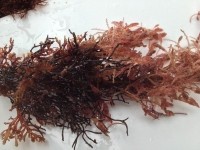
FeedNavigator: What was the initial trigger for this research?
CSIRO: There were a few scientists with a similar idea for different reasons that came together to make this happen. For Dr Rob Kinley, it was a search beginning in Canada where Joe Dorgan, an innovative farmer, had noticed his cows with beach front paddock were performing better and the only difference was availability of seaweed on the beach. So he took the seaweed to the landlocked herd and those cows soon caught up.
That farmer started up a company called North Atlantic Organics to commercialize this but regulations required it be scientifically tested first and that’s where Dr Kinley discovered a 20% reduction in methane emissions.
Excited by this finding he then went on a global search for seaweed with even more methane busting potency. Professor Rocky de Nys and his team at James Cook University (JCU) were aware of the fascinating chemistry of seaweeds and were investigating seaweeds for livestock nutrition with scientists at CSIRO in Queensland, Australia. So, Dr Kinley joined CSIRO and the program, and the team moved forward in the quest for a natural feed additive to reduce methane and improve feed use efficiency.
FeedNavigator: How did the team sort through all the various seaweeds to find the most effective one?
CSIRO: The project that revealed this incredible methane busting seaweed initially began as a screening of many seaweeds in search of a candidate with special powers to reduce methane as both an environmentally responsible effort and a search for a nutritional way to improve efficiency of feed utilization in livestock. The project was one of many in the National Livestock Methane Program (NLMP) funded by the Australian government and guided by Meat and Livestock Australia (MLA).
The screening was completed using laboratory methodology whereby we take the digestive microbiology of the cow rumen and culture that in artificial stomachs - fermentation bottles - with gas production monitors attached.
The gas is sampled and analyzed for methane over time during the digestion of typical feed – grass - with the seaweed added as a supplement. The seaweeds all reduced methane at least a little bit. However, we were looking for seaweed that was super potent, that would set it apart from all other ‘natural’ methods of managing livestock emissions.
While analyzing the gas samples using gas chromatography (GC) there was a repeating scenario of 10-20% methane reduction observed until suddenly there was nothing. At first it seemed that there was a problem with the GC so the test was repeated, when same result was observed that was the moment of discovery. Those results are now history, and have been reproduced on every subsequent test.
The red seaweed Asparagopsis is the star performer.
FeedNavigator: Are trials continuing?
CSIRO: Yes, there are still questions that require answering. We are performing a MLA funded beef feeding trial soon and Professor de Nys’s team has already supplied the seaweed for the study.
This study will provide proof of concept for emissions reduction in a beef feedlot scenario and will demonstrate what we can expect in productivity enhancement. That means we will know how much feed-use-efficiency is improved by the seaweed in terms of either the same production of meat for the less feed cost or more production of meat for the same feed cost compared to animals without seaweed.
Also we will demonstrate ‘how low we can go’ with seaweed inclusion and still get the results. After that study, we will seek to demonstrate where the benefit can be best applied and we will research the application of seaweed included with feed of decreasing quality.
We predict that as the feed quality gets lower that the seaweed will provide increasing benefit where the window for productivity enhancement gets bigger. Think of feedlot cattle that get the very best feed and are already performing extremely well versus paddock grazing animals eating dry grass stubble - the law of diminishing returns.
FeedNavigator: Are commercial opportunities being explored?
CSIRO: This is somewhat of a perspective question. The seaweed could be tested on commercial scale after the feedlot scenario study is completed. However, the barrier to doing that is supply of the seaweed for a study using 1,000 cattle.
That type of study would demonstrate the technology as it fits with commercial operations in terms of beginning to end processes. That defines the cultivation and processing of the product, delivery, incorporation into the feed ration, feeding and intake, and production of the cattle including productivity improvements, emissions reduction, and product quality.
There is plenty industry interest and they are watching this develop and some are discussing it with us in terms of when and how they can get involved. First we need to develop a commercial partnership to cultivate and supply the seaweed at scale enough to supplement even a fraction of the cattle that would benefit. That is tens of thousands of tons of seaweed per year just for 10% of cattle in Australia alone.
Seaweed supply is the primary barrier. There is no current cultivation of Asparagopsis taxiformis and the technology to cultivate it does not exist yet so a start-up will be a pioneer that develops a ‘how-to’ manual for that species.
